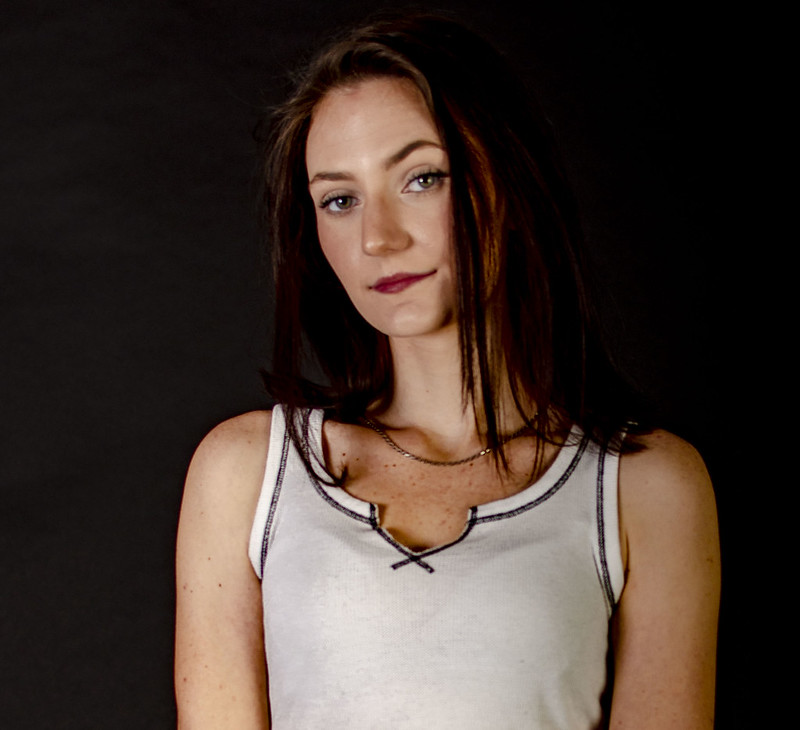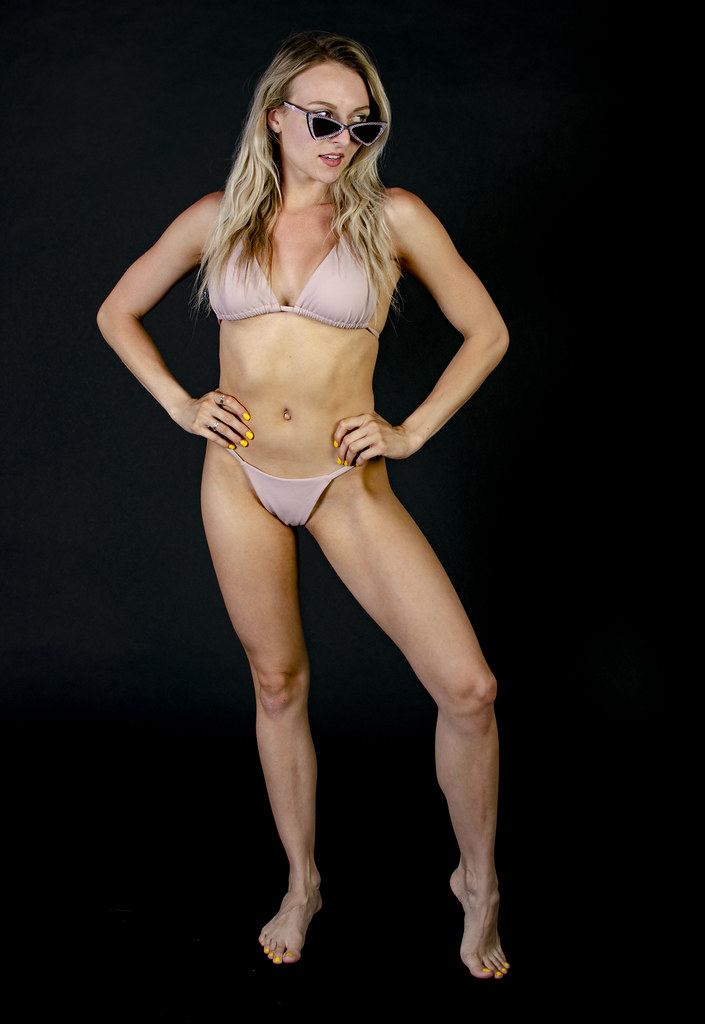Lautermilch
Senior Member
I have two Godex SK400s in a home studio. I keep them at 4 and 8 o'clock and like the results such as:

 www.flickr.com
www.flickr.com

 www.flickr.com
www.flickr.com
Anyway, I see the slight increments on some numbers on the power settings but can't find any documentation online. Anyone know of a web page or PDF that would better explain?

Nora From Nebraska at Southgate Studio
Explore this photo album by Dean Lautermilch on Flickr!

Charisma At Southgate Studio in Sebring
Explore this photo album by Dean Lautermilch on Flickr!
Anyway, I see the slight increments on some numbers on the power settings but can't find any documentation online. Anyone know of a web page or PDF that would better explain?
